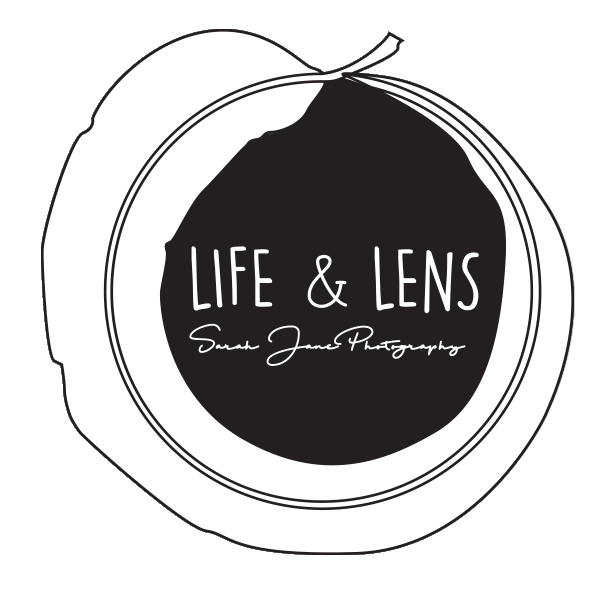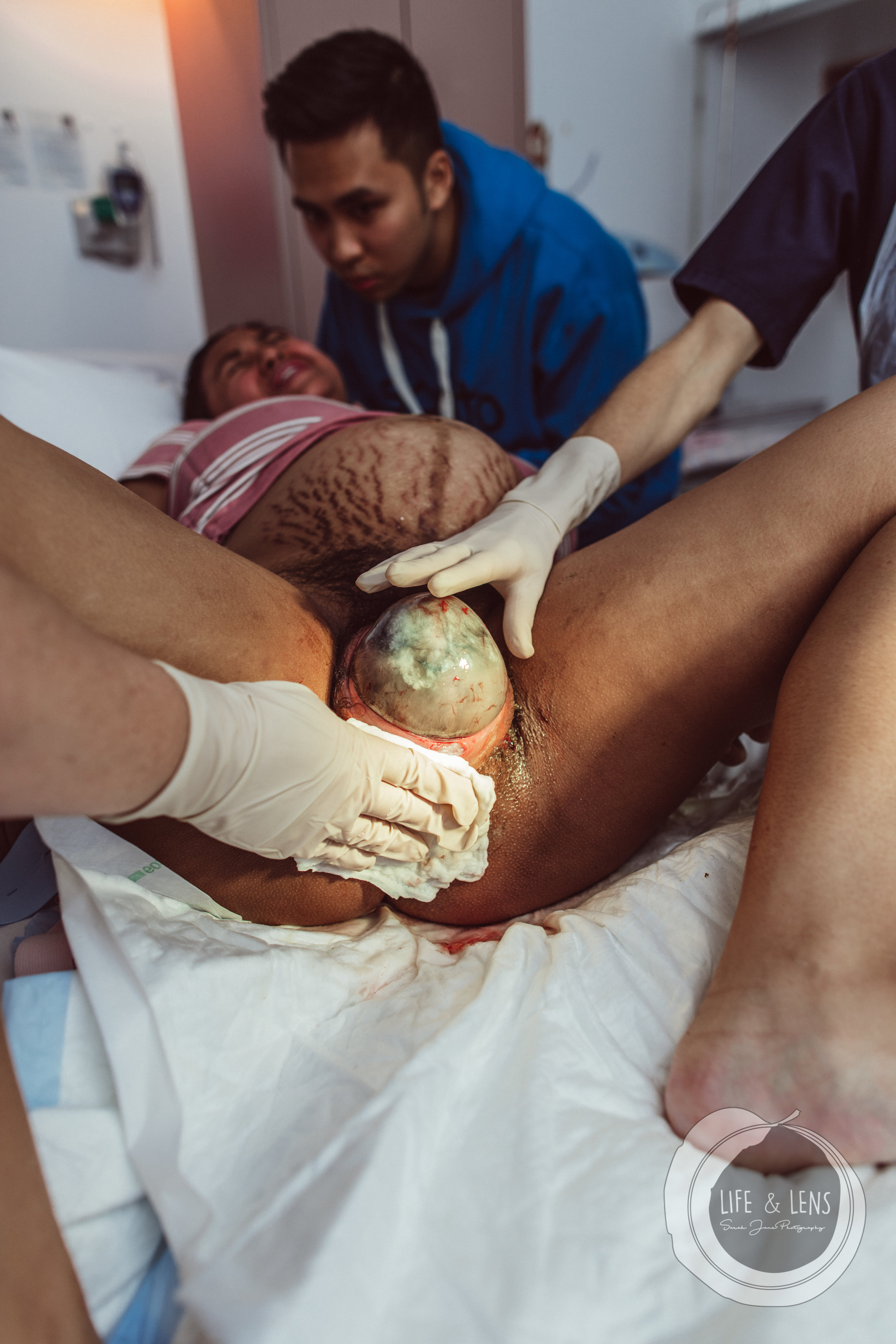How birth censorship contributes to society's lack of birth education
If you follow me on any of my social media platforms you would have seen by now that Instagram and Facebook recently changed their guidelines which previously categorised birth images alongside pornography….
Yep. Apparently vaginas only have one purpose and it’s all about sex and debauchery…not about giving life.
Now we are able to see more images like THIS
and NOT be banned from either platform for it.
So why is this important? Seeing these sorts of images help us to normalise child birth and educate women on their birth options.
When you hear the words “child birth” what do you picture? I’m going to hazard a guess that it is most likely a woman, in hospital, on her back with her legs up in stirrups. There’s probably a male doctor with gloves and a face mask sitting at the end of the bed waiting to catch the woman’s baby.
Whilst the picture I’ve described above may be some normal for some, it certainly is not the only option when it comes to giving birth and for the majority of women, it isn’t even the most ideal birth picture…
When we censor birth and stop society from seeing real images of women giving birth we create a situation in that the images of birth that are publicly available are what become the norm. Think about the sorts of birth images you see in the movies, they closely resemble the birth scenario I described above; thus this becomes the norm.
Somewhere down the line between us and our great-great grandmother’s and fathers the art of unassisted childbirth has been lost and with it has gone our first-hand childbirth education.
In the 19th century we were much more educated on the physiological process of birth and the innate links between birth and death, than we are today. Children learnt about life and death from their mothers and grandmothers. Births happened at home with midwives and children present, and as the maternal mortality rates were higher back then, children were also exposed to death in their home.
Fortunately, we have been blessed with modern medicine which has gifted us the decline in maternal mortality rates however, on the flip side, it has also contributed to the loss of education around childbirth.
When childbirth moved from ‘home’ to ‘hospital’ and hospital births became the norm, our education on childbirth was lost and has been replaced instead with fear.
After all, hospitals aren’t nice places. You don’t go to hospital as a healthy and fit person, you go when you are sick or injured, or worst case, dying. Hospitals have negative connotations and hospital childbirth is not immune to being tainted with these negative connotations.
Obviously, in today’s society we live vastly different to what people did in the 19th century, but that has its drawbacks as well as its perks. Children are no longer exposed to childbirth and death from a young age, instead we are now loosely taught about childbirth in primary school and even then, the education system does the bare minimum and parents are expected to fill in the gaps at home.
But what child comes home from their ‘sex-education’ classes in primary school begging to know more from their parents? And what parents would actually divulge enough realistic information to fill in those gaps?
These sorts of gaps in our education lay the foundations for the misconceptions and mysteries around birth that we see today. These gaps in our education create a taboo around childbirth and childbirth imagery. They create stigma and they normalise and reinforce this stigma.
Enter childbirth educators – for adults. Now that we aren’t being taught about the physiological process of birth as children, we are rushing to childbirth education classes as adults. Childbirth educators are seeing families that are fearful and misinformed about birth, seeking advice from experts with first-hand accounts of birth.
Amelia from WonderBirthing in Sydney says that many families come to her childbirth education classes in a state of fear and anxiousness. They don’t want to be another statistic in the ever rising maternal mental health epidemic that is hitting Australia at present with 1 in 10 women leaving their birth with PTSD and 1 in 5 getting postnatal depression.
There are huge misconceptions about birth itself and also about the types of women and families who would be seeking such childbirth education. When talking with Amelia she mentioned that the women who come to her are quite often successful in all other areas of their lives, they have fantastic careers and have achieved some amazing things in their lives but when it comes to wanting to have a child, they feel ill-equipped and lacking in knowledge. This is due to the way our society is structured and the lack of first hand story telling on childbirth and early mothering.
Now in this day and age maybe you’re thinking a lack of knowledge is not too dire of a situation, Dr Google to the rescue… and whilst my husband and I survived the first year of our parenting adventure Googling and YouTubing everything we could, the internet can be a treasure trove of golden nuggets but you really do have to sift through the absolute shit to find one.
This lack of education is dangerous, it is contributing to the ever increasing rate of intervention in births and our country’s appalling c-section rate.
When talking about c-section education Amelia said that many women in her classes don’t realise the risks associated with and recovery time required for a c-section. For some women, there is a sense of shame surrounding c-sections and so the complexities and “underbelly” (pun not intended) of the operation is not discussed.
So when women around you are having c-sections left right and centre but when talking about their experiences they are glossing over the detail and only giving you the sugar coated version, we are led to the normalisation of c-section as an “okay” method of birth and sometimes even a preferred method of birth when it really is not necessary.
Let’s not forget, c-section is intended as a lifesaving operation, not a convenience as it is sometimes treated today.
We have lost the sense of our ability to give birth without medical intervention and in scenarios other than the ‘norm’ (hospital birth). We are uneducated when it comes to active birthing positions and the power of the mind during birth.
When birth is removed from day to day conversation it creates a feeling that it is bad, painful and something to be feared.
This is where the importance of birth imagery and birth stories comes in. Women and families need to see and read about birth for it to be normalised to them. These images and stories help to break down the fear of childbirth. They give women and families a benchmark, they show people what is possible and the more we see it, the more we break the stigma surrounding it.
When we are presented with birth stories and birth imagery day in day out we start to reverse the damage caused by birth censorship. Birth is normalised, fear is eliminated and confidence is regained.




